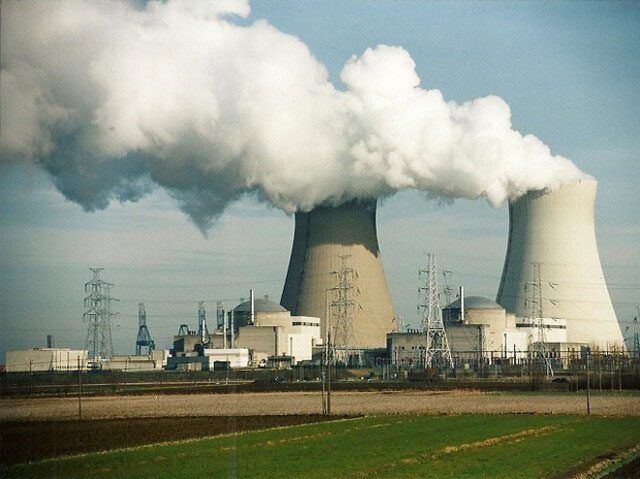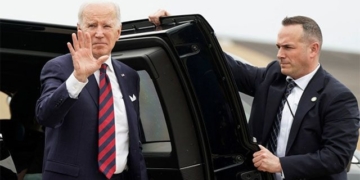The Executive Director of the International Energy Agency (IEA), Mr. Fatih Birol, stated that since 2017, 87% of the newly constructed nuclear reactors worldwide are designed by Russia and China.
According to Mr. Birol, advanced economies have lost their market leadership, as 27 out of 31 nuclear reactors that began construction since 2017 are of Russian or Chinese design.

Kudankulam Nuclear Power Plant in India designed by Russia – (Photo: BUSINESS STANDARD).
The ongoing conflict in Ukraine has contributed to rising fossil fuel prices, making nuclear energy more attractive. This presents a significant opportunity for nuclear power to become a major part of the global energy market, as nuclear electricity generation does not emit greenhouse gases that contribute to global warming, according to CNBC.
However, to enter a new era of nuclear power, Mr. Birol emphasized that governments need to implement various policies to ensure the safe and sustainable operation of nuclear power plants in the future. Investment in new technologies is also essential.
Currently, the global nuclear industry must quickly address issues of cost overruns and project delays, which have hindered the construction of new plants in advanced economies, Mr. Birol highlighted.
At present, there are 32 countries worldwide that utilize nuclear reactors. Among them, 63% of the energy capacity comes from aging nuclear power plants that are at least three decades old, according to the IEA.
The existing nuclear reactors in advanced economies, in particular, are projected to reduce their capacity by one-third without government intervention and investment.
Since 2013, 13 commercial nuclear reactors in the United States have had to shut down prematurely.
The U.S. Department of Energy has announced that the federal government is in the process of implementing a $6 billion program to support financially struggling nuclear power plants.
Recently, the department also revised the requirements for funding applications and extended the deadline by 60 days to September 6. The new rules will help nuclear power plants maintain their reactors, according to Ms. Kathryn Huff, Assistant Secretary of the Department of Energy, in a statement regarding the rule changes.
In the IEA’s plan, by 2050, to achieve net-zero emissions globally (where human-caused CO2 emissions are balanced by removing CO2 over a certain period), nuclear electricity generation must double from 2020 levels by 2050.
By 2050, the IEA projects that nuclear energy will contribute 8% to the total global energy supply.
The IEA’s nuclear energy plan includes nuclear power technologies using small modular reactors (SMRs), which generate about one-third of the energy of a conventional power plant.
The IEA hopes: “With lower costs, smaller size, and reduced risks, SMR projects can improve societal acceptance and attract private investment.” Canada, France, the UK, and the U.S. are supporting the development of this small modular reactor technology.


















































